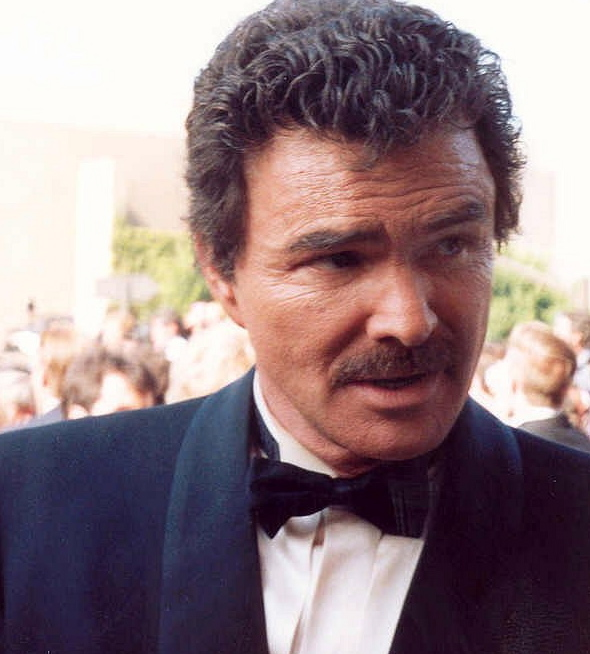
“Survivor. That feels real good.” Those are the words of Burt Reynolds, late in life, encapsulating a career that was as much about grit as it was about charm. For more than six decades, he rode the highs of superstardom, the lows of flop box-office receipts, and the relentless reinvention that kept him fresh in the eyes of audiences through generations.
To film enthusiasts and pop culture historians, the life of Reynolds is not simply one of the movies he filmed it’s one of the mannerisms in which he lived, the cultural shifts he embodied. From redefining Southern masculinity on screen to turning down parts that could have changed the trajectory of Hollywood history, his career is an intriguing trial of choice, magnetism, and timing. Here’s a listicle of the definitive moments that made it the way it was, getting to know the man behind the ‘stache and the lasting impact he made on film.
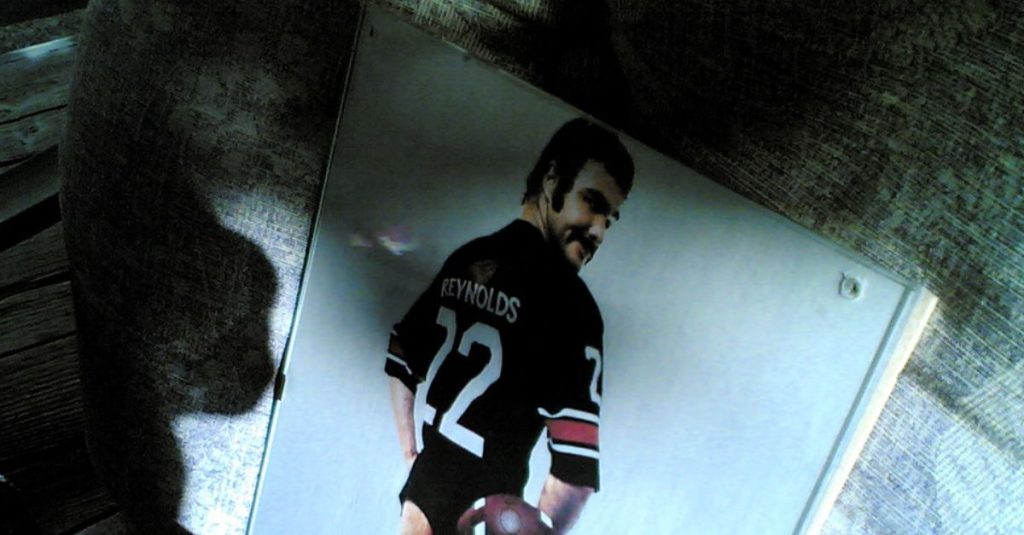
1. From Gridiron Dreams to the Stage
A Lansing, Michigan, native and Florida resident, Burt Reynolds was destined for a life of football until a ghastly accident at Florida State University brought him crashing down. Encouraged by a professor who saw he could recite Shakespeare, he turned to the stage a decision that would define his life. A scholarship from the Hyde Park Playhouse introduced him to the theater, where his natural charisma began to emerge. This first diversion from sports to the stage set the model for a life based on adaptability and seizing on serendipities.
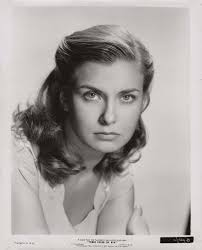
2. A Serendipitous Encounter with Joanne Woodward
It was where he performed at Hyde Park Playhouse that Reynolds met Joanne Woodward, who saw something in the introverted young actor and secured him an agent. “He had that kind of beautiful personality that you wanted to do something for him,” she recalled. That association brought him into roles such as “Tea and Sympathy” and his Broadway debut in “Look, We’ve Come Through”. Already, Reynolds’ work ethic was apparent once, he drove the company’s tour bus, a small but telling sign of his hands-on dedication.
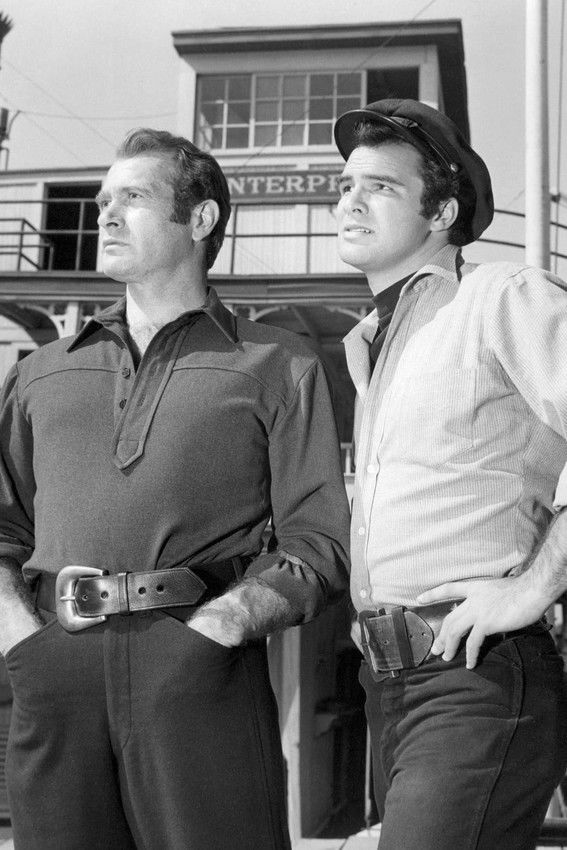
3. Television Apprenticeship and the ‘Riverboat’ Exit
Reynolds got his professional training in acting school with future co-stars like Carol Lawrence and Red Buttons, and filled out his pockets with odd work. His first serious TV role was on “Riverboat”, but in-studio squabbles led him to quit after 20 episodes. “You just don’t walk out on a network TV series,” he admitted later, acknowledging the blow it gave his career. But this period of guest shots and extras also toughened him up a trait that would serve him well in the fickle world of entertainment.
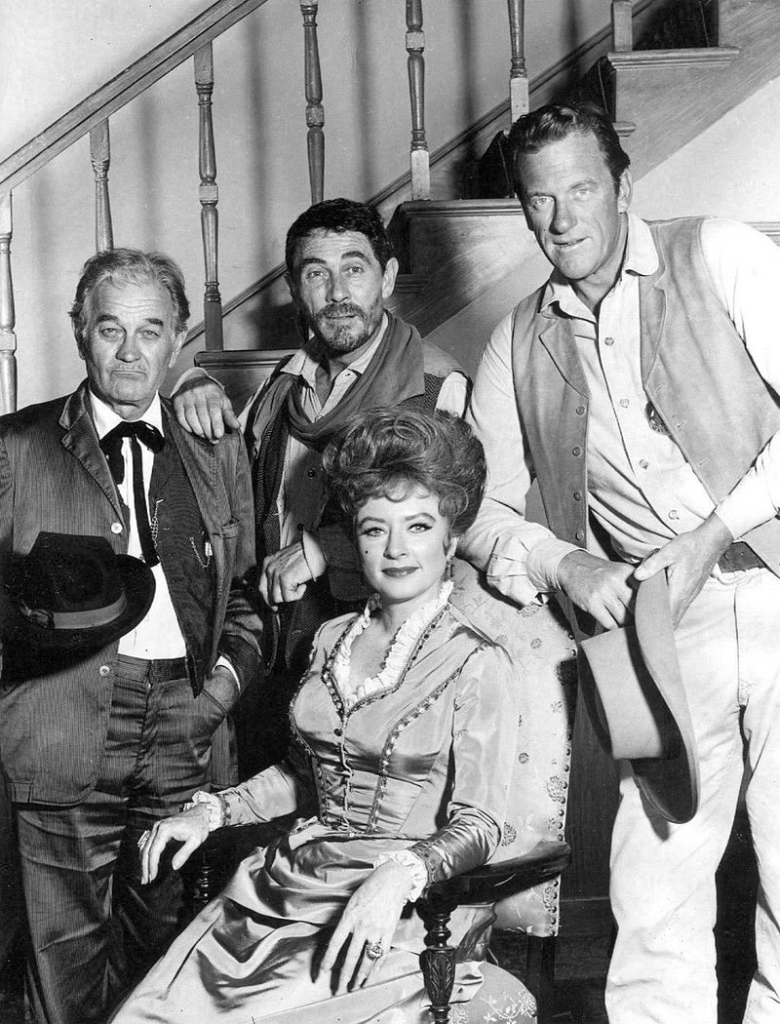
4. ‘Gunsmoke’ and a Career Stepping Stone
Getting the role of Quint Asper on Gunsmoke in 1962 was a watershed. One of 300 applicants, Reynolds brought added depth to the role of a blacksmith of mixed heritage and gained national recognition. Though he left after three years, calling it his “happiest time,” the series gave him stability and a vehicle for greater on-screen visibility, leading on to bigger film opportunities.
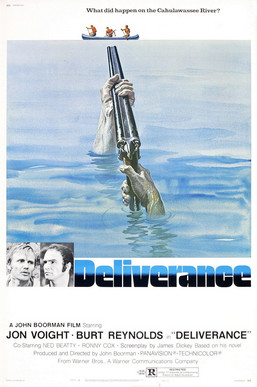
5. The Breakthrough of ‘Deliverance’
By 1972, Reynolds was ready for a performance to define his role, and “Deliverance” accomplished that. Cast after an appearance on a daytime talk show impressed director John Boorman, he brought intensity and sensitivity to Lewis Medlock. The unsettling subject matter and lasting images Reynolds with a bow and arrow in the depths of the woods cemented his status as a leading man beyond being merely charming. Strategically, he coincided the film’s release with a scandalous “Cosmopolitan” centerfold, extending his cultural reach and solidifying his role as a household name.
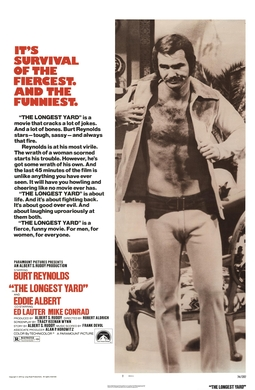
6. Box-Office King of the 1970s
From “Smokey and the Bandit” to “The Longest Yard”, Reynolds dominated the box office, one of Hollywood’s leading 10 moneymakers from 1973 to 1984 and a five-year consecutive number one. His good-ol’-boy persona, especially in movies set in the South, answered a national appetite for untroubled, bad-boy heroes. Occasionally he stretched beyond such parts to attempts like “Starting Over”, showing a versatility that critics only begrudgingly acknowledged.
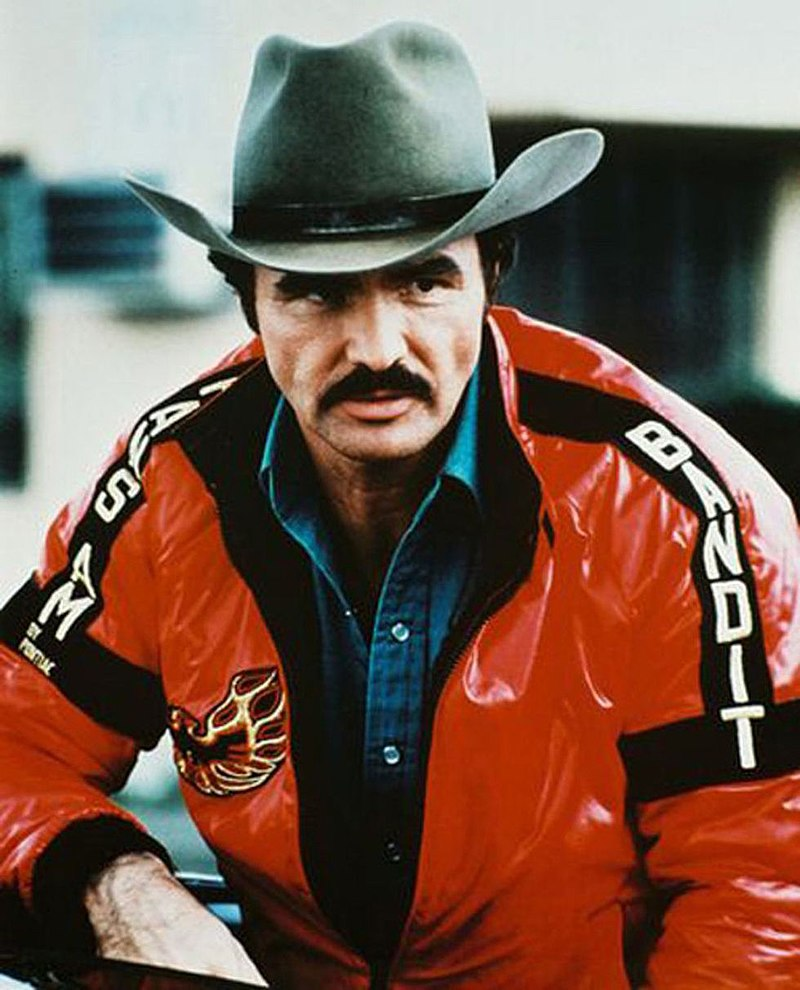
7. Guiding Ambitions and ‘Smokey’ Fever
Reynolds stepped behind the camera with “Gator” (1976) and found directing to be a favorite activity, ultimately calling it “what I do best.” Collaborating with stuntman-turned-director Hal Needham on “Smokey and the Bandit” (1977) was his largest box-office success to that point, blending car chases, humor, and his undeniable charisma. The decade saw him working at a manic pace, sending two or more movies into theaters within the same year, and solidifying his role as a star and artistic force.
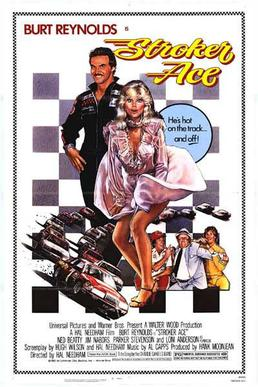
8. Blunders, Injuries, and a TV Return
The 1980s were tough times. Passing on roles in “Terms of Endearment” and “One Flew Over the Cuckoo’s Nest” for forgettable projects like “Stroker Ace” did a career detour. A broken jaw on “City Heat” caused chronic pain and career-killing rumors. Nevertheless, Reynolds recouped on television with “Evening Shade” (1990–94), earning Emmy and Golden Globe awards and reminding the public of his comic timing and likability.
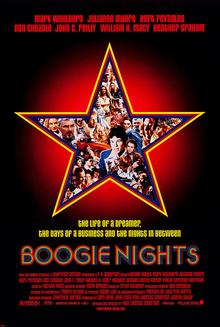
9. ‘Boogie Nights’ and Late-Career Resurgence
Reynolds stunned critics in 1997 with his turn as porn director Jack Horner in Paul Thomas Anderson’s “Boogie Nights”. It won him a Golden Globe and his only Oscar nomination, though he famously hated the picture and clashed with Anderson. All tension aside, it refreshed folks’ interest in his work. Later in life, he turned to voice acting, self-referential parts, and reflexive productions like “The Last Movie Star” (2017), citing a legacy built upon both redefinition and enduring popular affection.
Burt Reynolds lived a life that was a patchwork of boorish choices, missed opportunities, and raw cinematic sorcery. He was a product of a particular Hollywood an era when star power could take a film over geography and genre and left behind a body of work that still provokes argument. For all the twists and turns his life involved, his legacy rests in the charisma, wit, and humanity he brought to every role.


